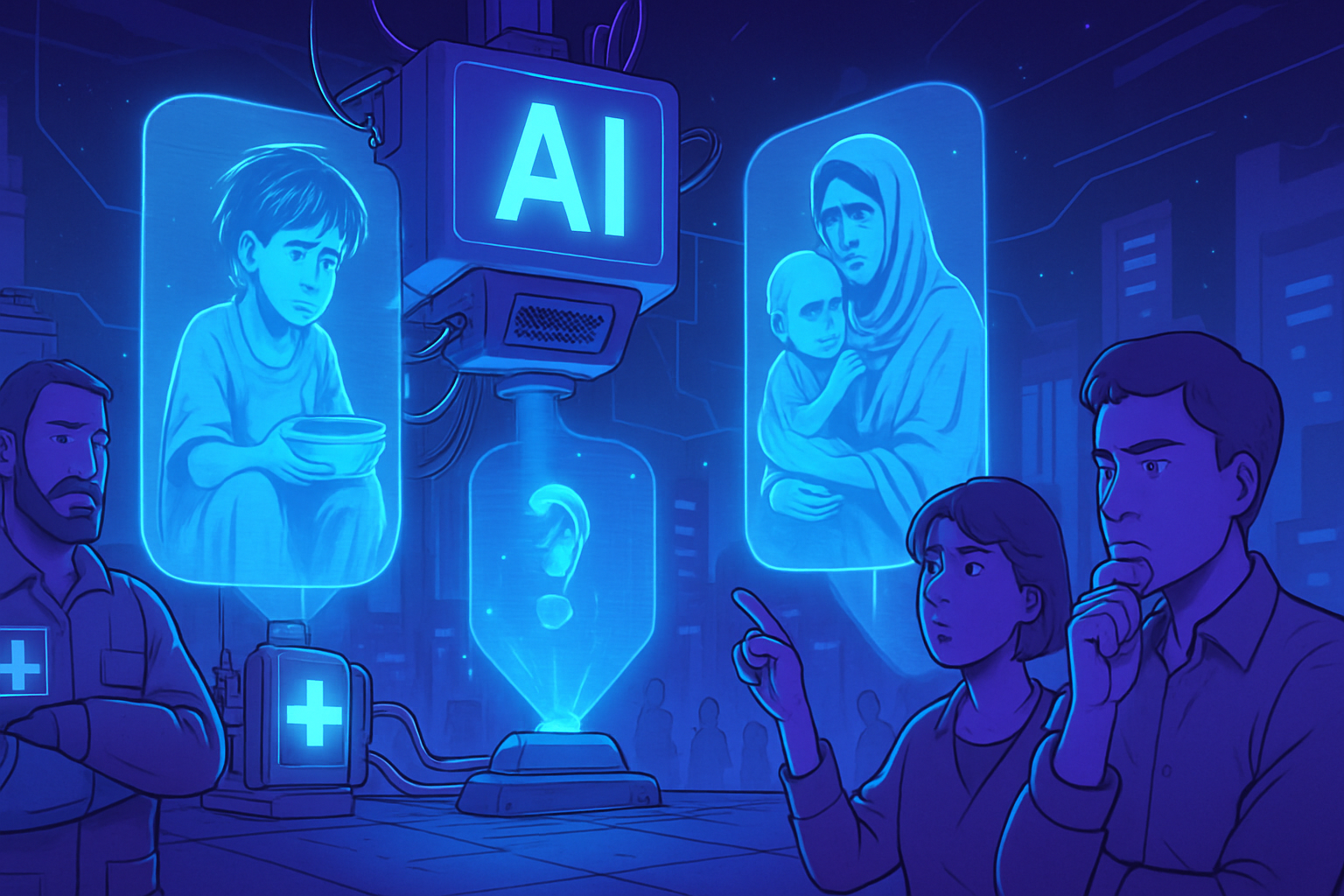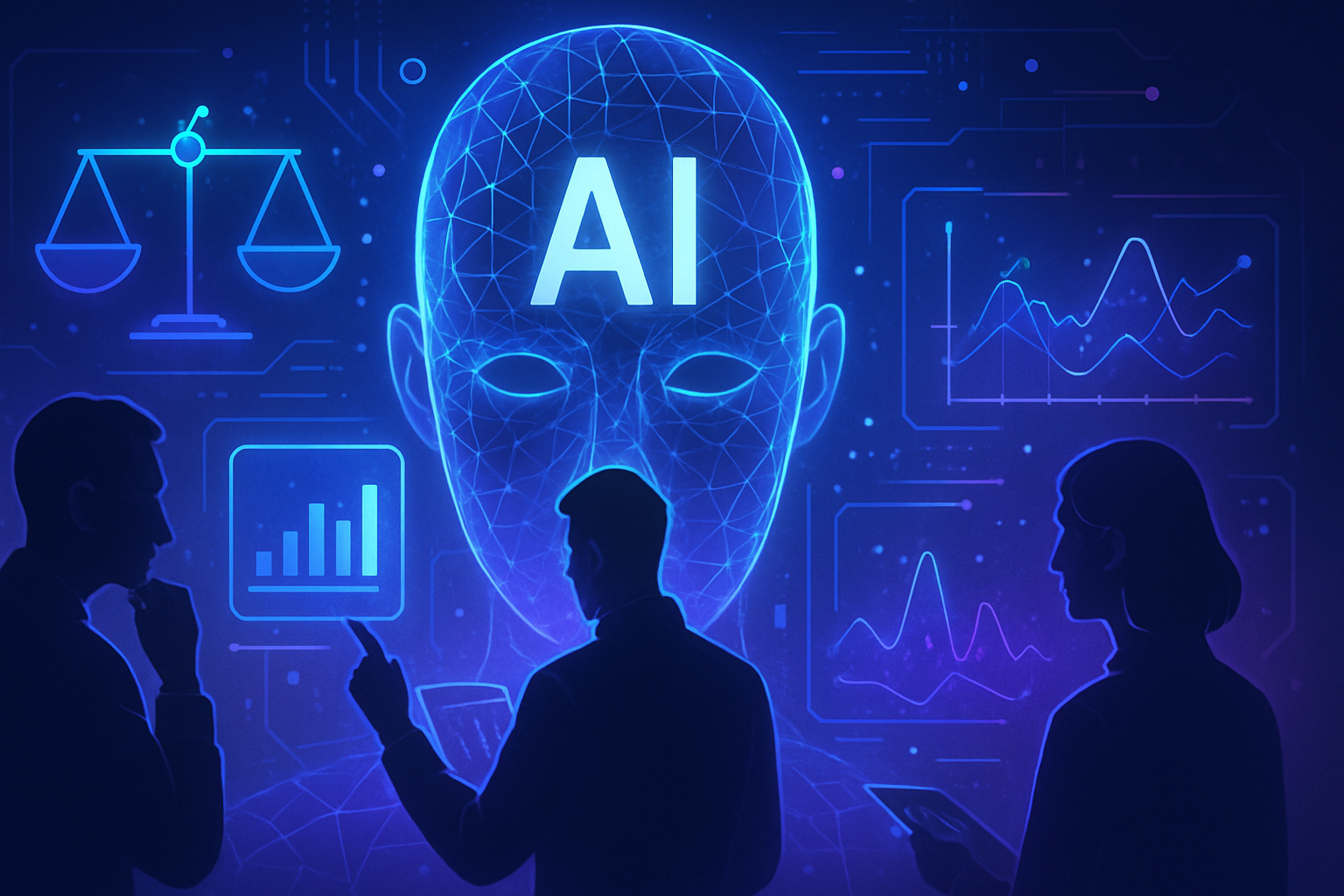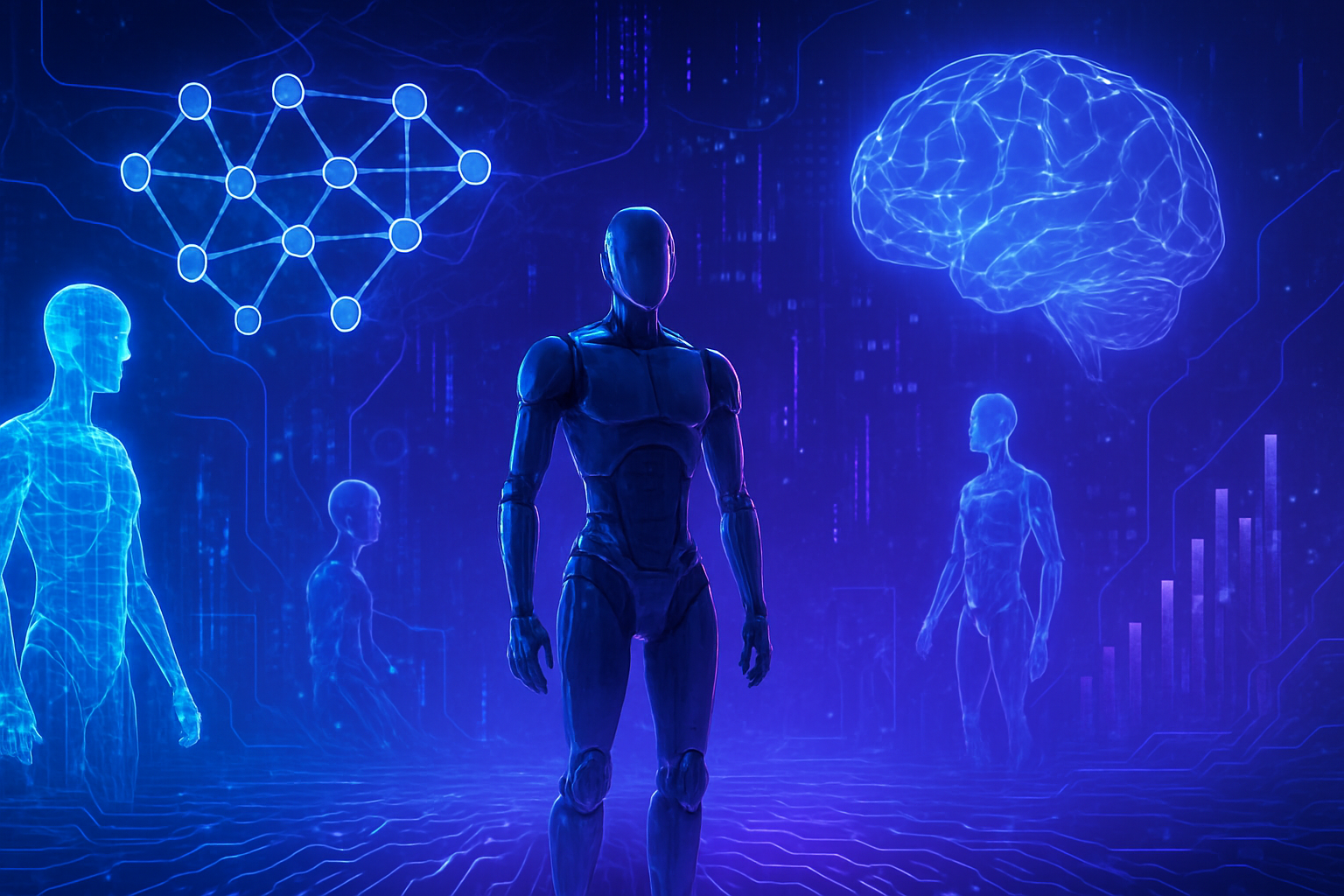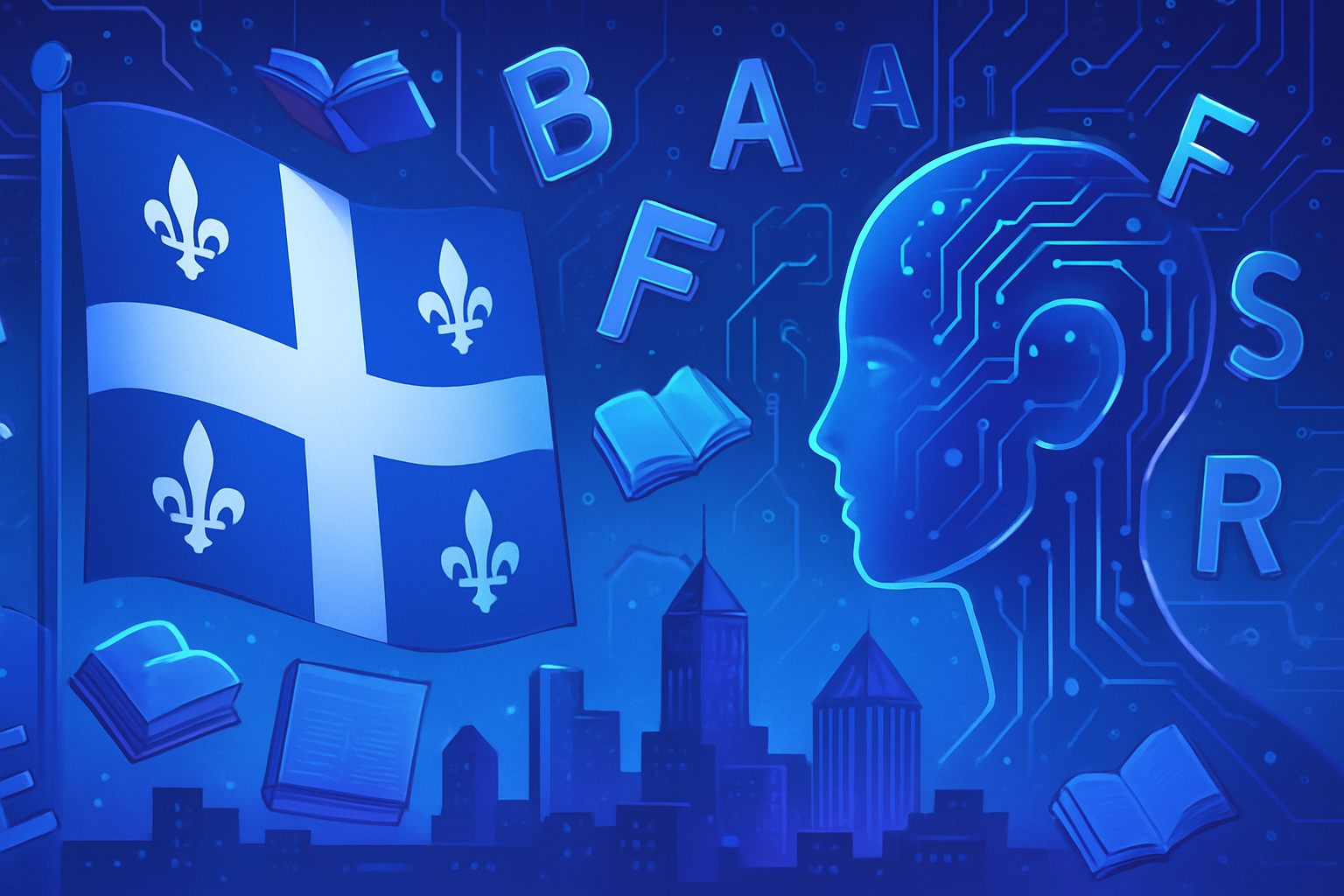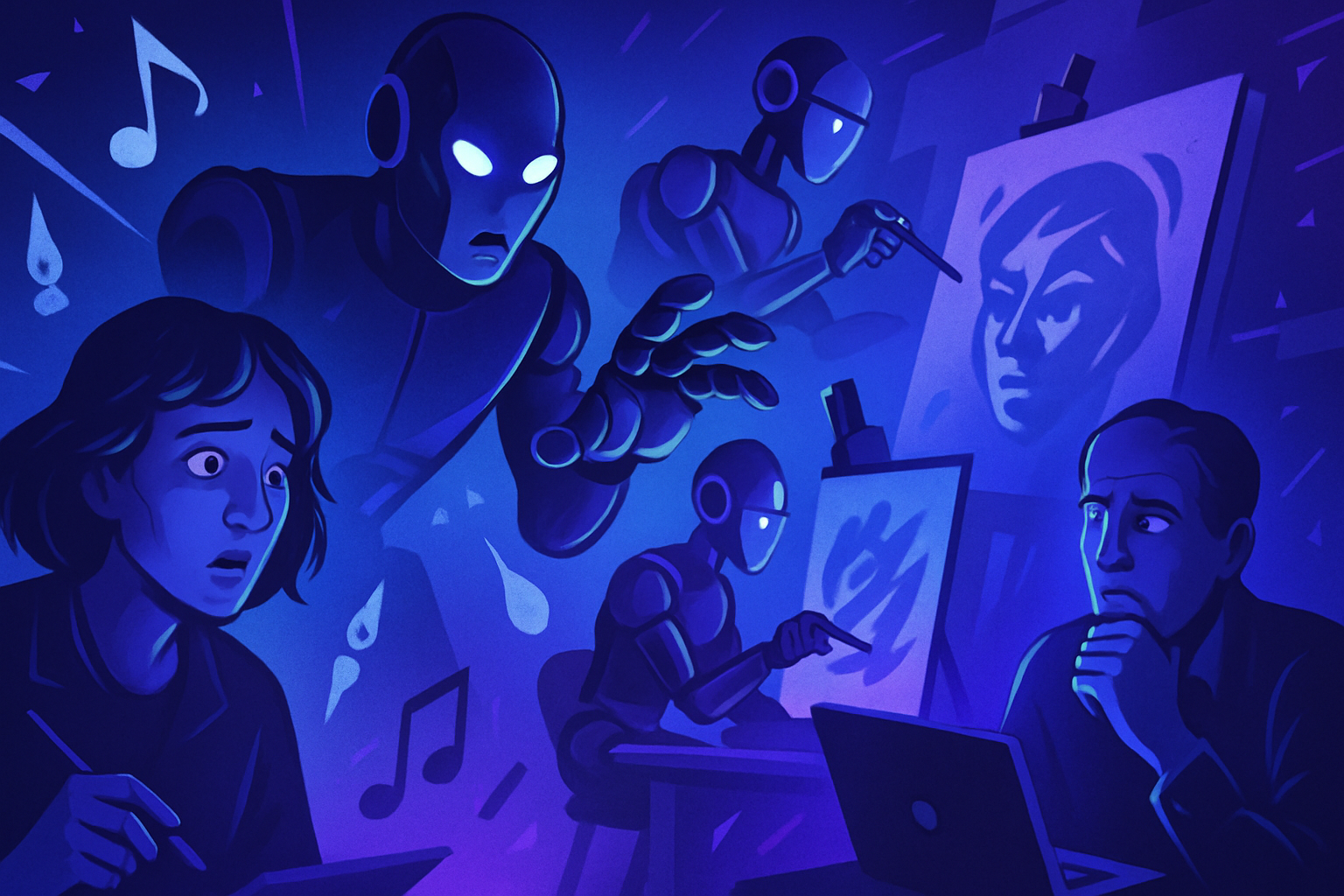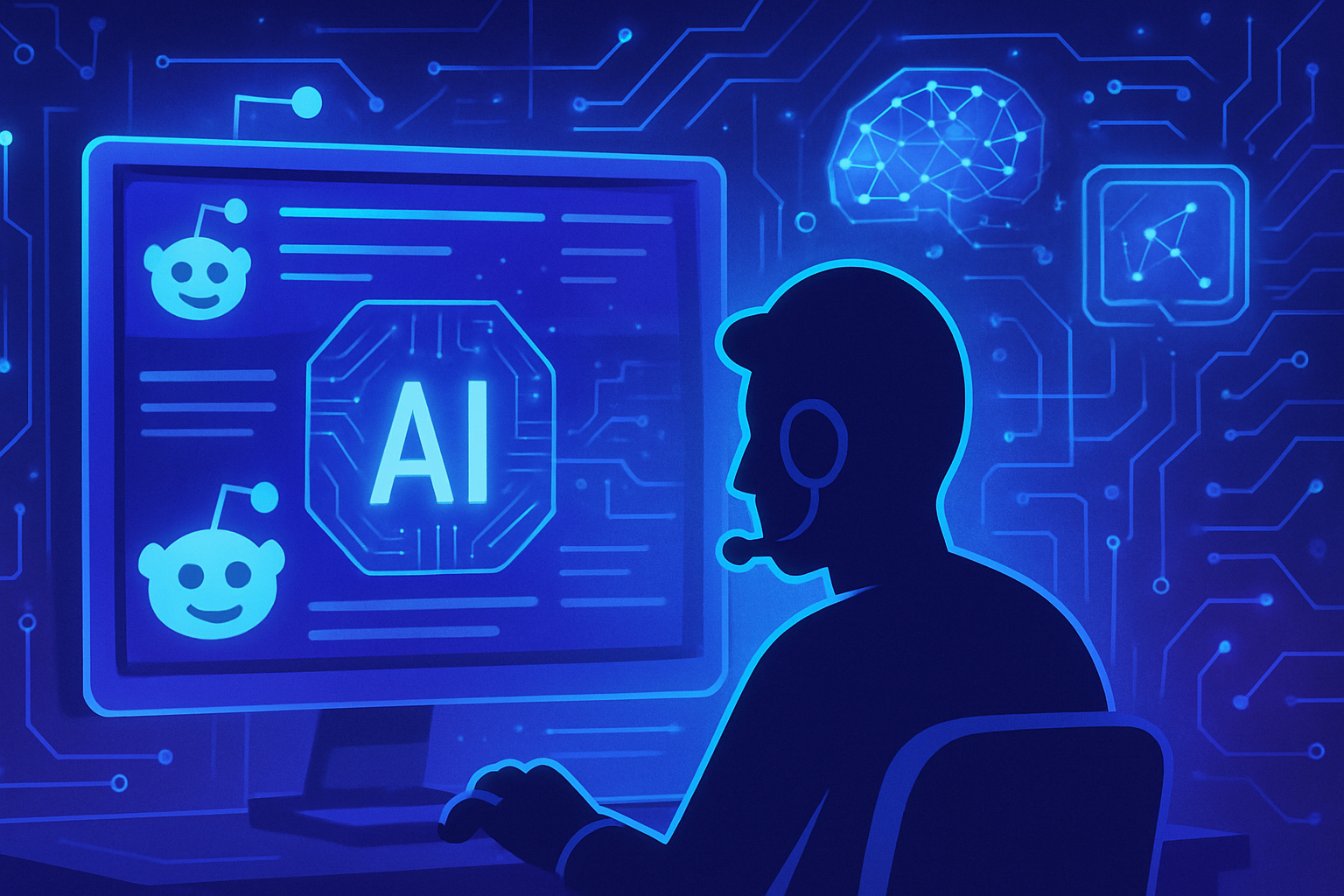Anxiety about *AI-generated plagiarism* gives way to more pressing concerns. Paul Pope, renowned illustrator, examines the threatening specter of *killer robots* and pervasive surveillance. His passion for traditional art contrasts with the meteoric rise of digital technologies. *AI does not replace the soul of the artist.* His reflections delve into the heart of a vital debate about the future of creativity. *The challenge of technology far exceeds mere imitation.* In the face of these issues, Pope asserts himself as a fervent defender of artistic authenticity while questioning the consequences of technological innovations. *Humanity must preserve its essence in the face of automation.*
Paul Pope: an artistic resurgence
Paul Pope, known for his remarkable works in the world of comics, is preparing to make his return. The illustrator, long withdrawn, has shared his artistic ambitions and thoughts on contemporary issues with the media. An exhibition project at the Philippe Labaune Gallery in New York highlights this creative dynamism.
A critical look at artificial intelligence
Pope expresses concerns regarding the growing use of AI in the artistic field. While plagiarism resulting from generative tools raises legitimate questions, the artist seems more worried about the implications of killer robots and surveillance technologies. According to his words, he is “less concerned” about the creation of images based on his work than about the ongoing evolution of autonomous weapons.
Returning to the roots of traditional art
Flirting with digital tools, Pope remains attached to a traditional creation style. He insists that he prefers working with ink and paper. Using analog methods, according to him, allows for maintaining an authentic connection with art. The artist reminds us that traditional techniques, often demanding, forge a true mastery of skills.
A career in full revitalization
The rise of new projects, such as the volume of “THB”, demonstrates this desire for renewal. This return to the surface coincides with a relaunch of his artistic collection, now titled “PulpHope2: The Art of Paul Pope”. Other major works, including the sequel to “Battling Boy”, are also on the horizon, enriching the artist’s journey.
The implications of AI in artistic creation
Pope remains aware of the challenges that artificial intelligence poses to the comic book industry. He states that artistic creation must remain rooted in human experience. Where machines can replicate a style, they cannot encapsulate the emotion or personal story inherent to the artist, nor the authenticity of a creative process. The reflection on AI should not obscure the necessity of valuing human work.
The feeling of a race against time
A sense of urgency runs through Pope’s statements. The artist highlights a troubling reality: the possibility that traditional jobs, particularly in the comic book industry, are at risk due to the rapid evolution of technologies. The proliferation of robots could weaken the place of artists, sparking a broader debate about the value of art and identity.
Towards an uncertain future
The versatility of modern technologies offers both opportunities and risks. For Pope, the future of comics and of art in general will depend on a delicate balance between innovation and the preservation of human authenticity. A call for ethical reflection emerges in his words, a desire to see art remain a manifestation of humanity, beyond mere generative capabilities.
Frequently asked questions about Paul Pope’s concerns regarding killer robots and AI plagiarism
What are Paul Pope’s main concerns regarding AI and plagiarism?
Paul Pope is primarily concerned that AI might one day replace artists in creating comic books, but he views this threat as less pressing than the impact of killer robots and widespread surveillance on society.
How does Paul Pope define the impact of killer robots on society?
He sees killer robots as a serious threat, likely to replace human decision-making and escalate conflicts, raising ethical and moral questions concerning technological development.
Does Paul Pope use AI tools in his artistic creation?
While he does not create directly with AI, Paul Pope uses some AI tools for research and idea development, while being aware of the ethical implications of these technologies.
Why does Paul Pope not fear AI plagiarism as much as killer robots?
He considers that the capacity of machines to generate works does not stem from human consciousness or intent, and that the real threat lies in their potential to cause physical and emotional harm, as with military robots.
How does Paul Pope view the future of the comic book industry with the advent of AI?
He is concerned that AI could replace some artists, especially those who merely reproduce popular styles, but he remains convinced that human innovation and originality can never be fully replaced by machines.
What measures does Paul Pope suggest to combat the risks posed by AI?
He advocates for public debate and ethical regulations concerning the development of AI, particularly regarding its military and surveillance use, in order to preserve the safety and morality of society.
